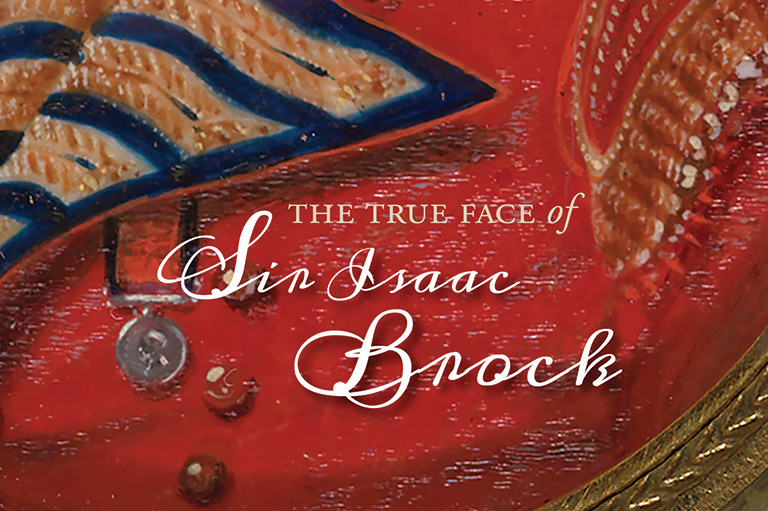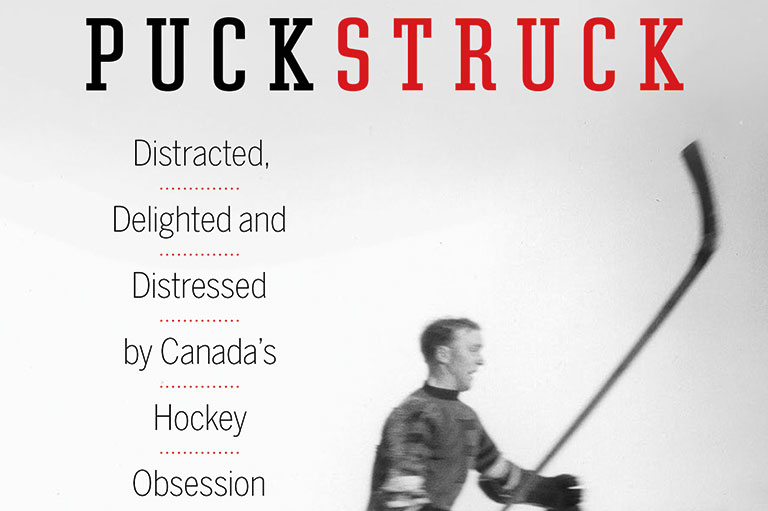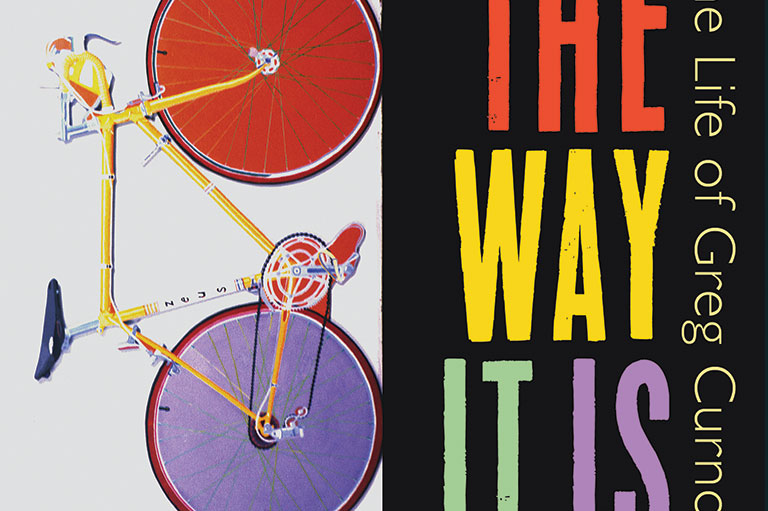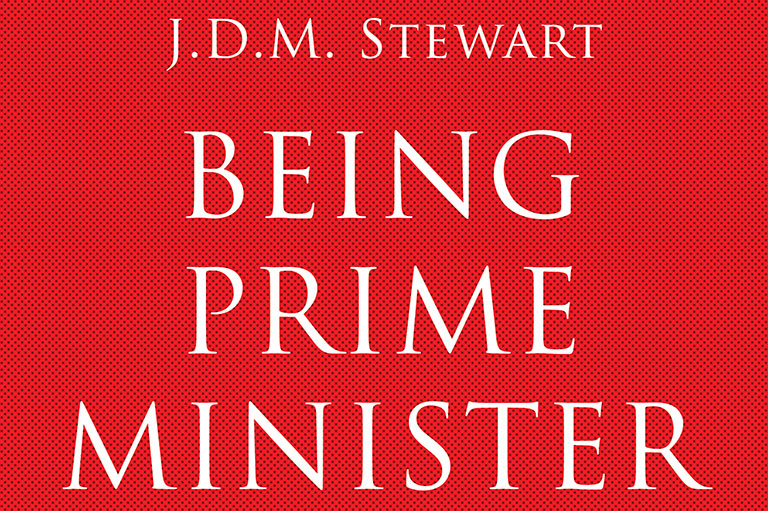The Promise of Canada
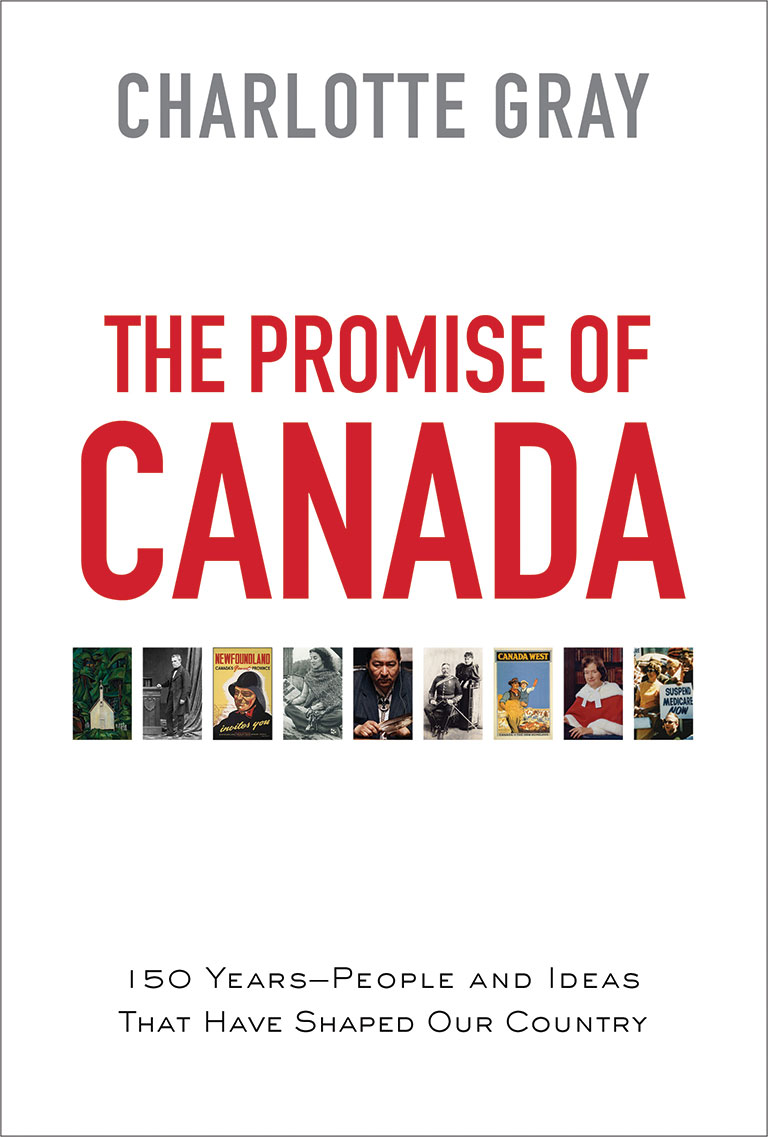
The Promise of Canada: 150 Years — People and Ideas That Have Shaped Our Country
by Charlotte Gray
Simon & Schuster
430 pages, $39.99
She hardly needs an introduction. Charlotte Gray is an eminent biographer and a participant in public cultural activities (including with Canada’s History Society, the publisher of this magazine). Her latest book is in her vintage style — substantive but readable, presenting an innovative way to view our past and our present.
At the heart of this book are nine personalities who, in Gray’s opinion, had an outsized impact on Canadian values and consciousness, though not all are at the top of our history who’s who. She draws from published sources to create pithy narratives for these characters, connecting them to form a timely national portrait.
The Promise of Canada opens with the lesser-known member of the MacdonaldCartier duo, Sir George-Étienne Cartier. Gray probes and pokes at the grand Confederation bargain, crediting him with entrenching regional and linguistic diversity as a core value in the Constitution. “What an incredible juggling act! Cartier … ensured that the new country of Canada was a political unit in which different peoples could cohabit and protect their own culture.”
Canadian social norms, notably the embrace of “peace and order,” are viewed through a lively account of the career of Sam Steele, Mountie extraordinaire. And she selects Emily Carr, not Lawren Harris or any other Group of Seven icon, as the visual artist who conveyed a new sensibility towards place, landscape, and Indigenous recognition.
The chapter on the political economist Harold Innis is a model of concise biography. Gray argues that his writings swayed later generations in their understanding that “Canada is the product of four centuries of intensive labour rather than a few years of constitutional negotiation.”
In similar fashion, her chapter on Tommy Douglas describes how, through his lifetime of political service, he persuaded Canadians “to adopt a different vision of society, and to prefer co-operation to survival-of-the-fittest individualism.”
This approach shows off her core method: Biography can illuminate the forces that shape the elusive thing we call identity. Gray positions her selected personalities within their contexts, emphasizing that people make history. Even though they do not choose their circumstances, they can choose how to act.
We can sense Gray’s pleasure as she searched through archival and gallery collections, resulting in a well-illustrated volume with relevant colour plates and photographs. Her texts include a good dose of autobiography. She emerges from the authorial shadows, frankly sharing personal opinions and immigrant memories.
When the book’s personalities are more contemporary, Gray shifts towards magazine-style reportage. Her interview with Margaret Atwood feels like a documentary. Tough questions are raised: “Why was this country’s artistic life so stunted” until the 1950s? Or, “What characterizes CanLit today?” But we don’t get definitive answers. Our cultural voices are changing and expanding, thanks in part to Atwood, who “gave us confidence in our collective imagination.”
Gray reports on the differing views of Phil Fontaine, Douglas Coupland, Shad Kabango, Lise Bissonnette, Preston Manning, and others. Clear conclusions don’t emerge, with many issues still up in the air. While she is optimistic about “Canada’s endless ability to adapt to changing realities,” she is clear-eyed about the difficulties — notably including how to improve conditions and social attitudes affecting Indigenous peoples.
This is a daring book, not just a comfortable celebration. It echoes an innovative exhibition installed at the Canadian Museum of Civilization in 2008, which focused on historic personalities and their impacts. A similar exhibition was created at Calgary’s Glenbow Museum, looking at “mavericks” in Alberta’s growth.
Making selections inevitably raises questions. I am disappointed that no one from modern Quebec is featured: There’s no René Lévesque, Jean Lesage, Jean Drapeau, or Maurice Duplessis, despite their profound influence. Do sensitive writers still view this country as “two solitudes”?
I also wonder if Manning was the best choice to explain Western regional interests and contemporary conservatism. Surely Peter Lougheed or Stephen Harper had greater impacts?
But these questions did not reduce my pleasure in reading the book, from cover to cover. It felt as if Charlotte Gray had dropped by for a good chat. She is personal, provocative, and so wellinformed — and her latest book offers a first-class experience for this 150th anniversary year.
Themes associated with this article
Advertisement

